I'm looking for a way to create a audio bars visualizer similar to this in iOS.
Every white bar will move up and down depending of audio wave. I'm really lost because haven't much experience dealing with audio in Objective-c.
EDIT: What i'm seeking is what Overcast's app does on its visualizer (the group of vertical orange bars on the lower part of the podcast's image)
Anyone can help? Thanks
EDIT: Thanks to Tomer's answer I finally made it. First I did this tutorial in order to make it all clear. Then I created my own VisualizerView for my project, you can find it in this gist. Maybe is not perfect but it does what I needed to do.
